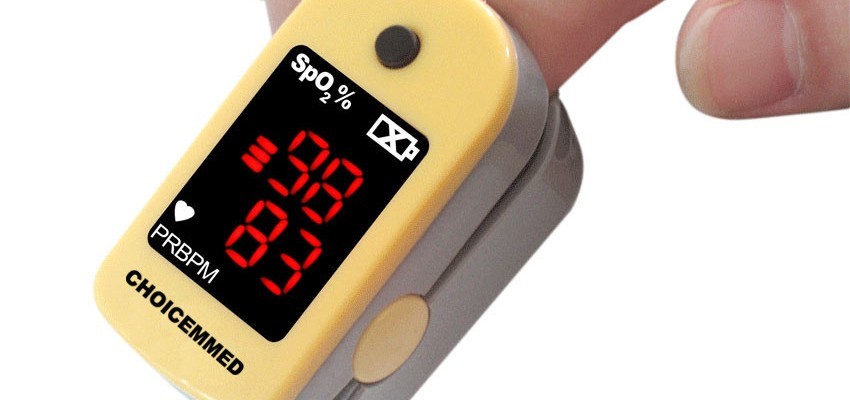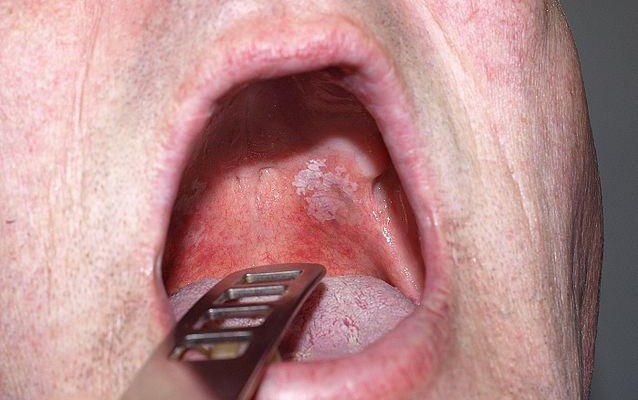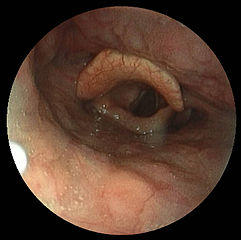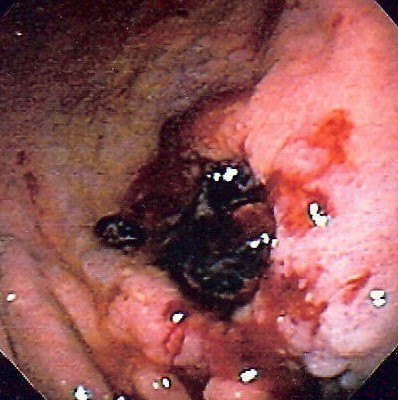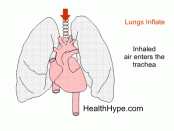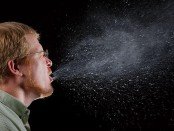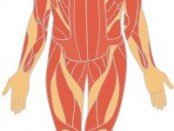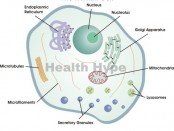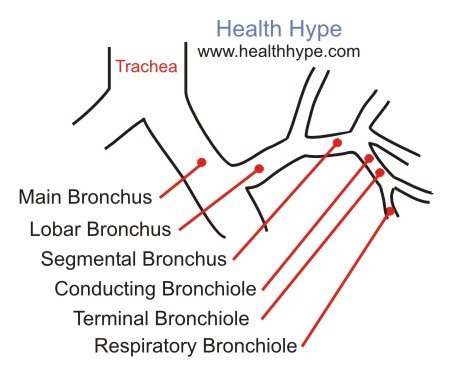
What are the Bronchi? Left, Right Main Bronchus, Bronchioles
The bronchi (singular ~ bronchus) are the two branches (left and right) at the bottom of the trachea that lead into the lungs. These main bronchi then divide into lobar and >> Read More ...

